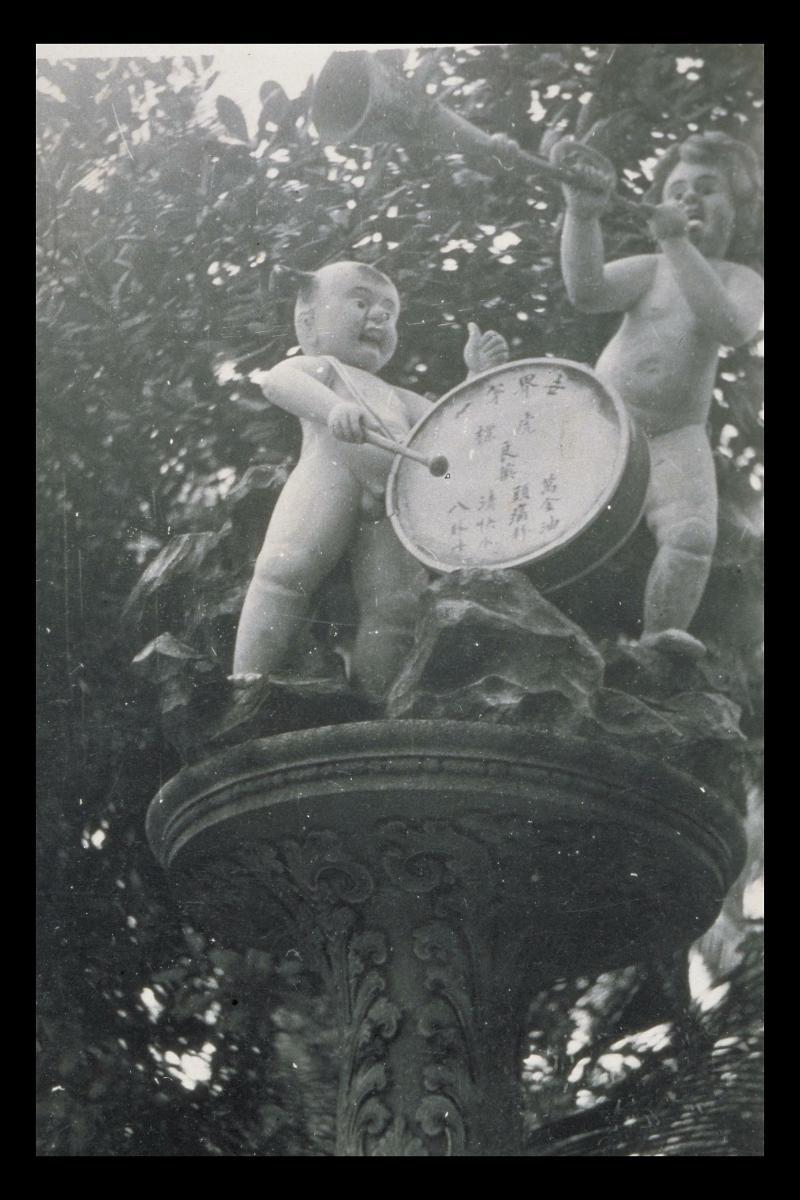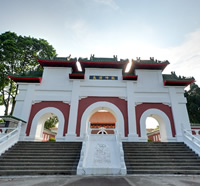Built in the late 1930s, Haw Par Swimming Pool was located near Pasir Panjang Road. It was also known as Pasir Panjang Swimming Pool.
Haw Par Swimming Pool’s Beginnings
Haw Par Swimming Pool had its beginnings as the private swimming pool of the Aw Boon Har and the Aw Boon Par family. Although it was built in the late 1930s, it was only officially opened in October 1940 by then Chinese Consul-General in Singapore, Kao Ling-Pai. He was also a representative of China’s Chungking regime.
It featured a sea-water private swimming pool. Costing $50,000 to construct, the pool was equipped with an electric motor pump which permits emptying for the purpose of cleaning and refilling.
From Private Pool to Public Pool
After Haw Par Swimming Pool was opened to the public, it became a popular recreation spot and favourite swimming ground for the young and old living in Pasir Panjang. With an admission fee of 10 cents, the swimming pool was often crowded on weekends.
It became so popular that another pool was required to accommodate visitors. The additional pool was used as the training pool for the Tiger Swimming Club's polo team.
The premises of the swimming pool included accommodation for the swimmers, shower baths and changing rooms, and a restaurant and bar to satisfy the visitors’ appetites after their swim.
1950s and Beyond
The swimming pool was subsequently closed in the 1950s and the shoreline was reclaimed to form the Pasir Panjang Port. The site was later demolished in 1977.
In 1995, the former site of Haw Par Swimming Pool was used as AVA Centre for Animal Welfare and Control. AVA has since moved out of Pasir Panjang to its new premises at Sungei Tengah.
Buildings and sites featured on Roots.SG are part of our efforts to raise awareness of our heritage; a listing on Roots.SG does not imply any form of preservation or conservation status, unless it is mentioned in the article. The information in this article is valid as of April 2021 and is not intended to be an exhaustive history of the site/building.
















